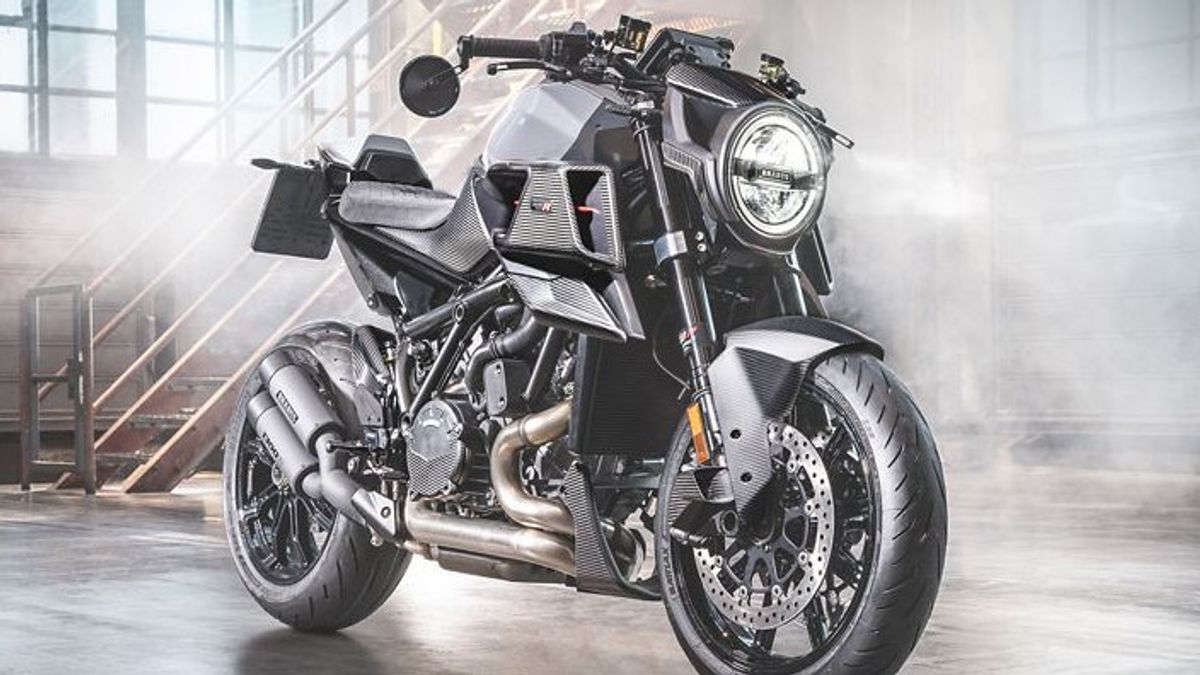There’s something undeniably exhilarating about motorcycles — the freedom, the thrill, the roar of the engine under an open sky. But have you ever stopped to think about where this thrilling machine came from? The history of the motorcycle is a fascinating journey through time, invention, and innovation. Let’s take a ride through the ages and explore how motorcycles evolved from primitive designs into the powerful machines we know today.
Early Foundations: The 1800s
The story of motorcycles begins with a humble invention known as the Laufmaschine, or “running machine.” Introduced in 1817 by Baron Karl von Drais, this two-wheeled, pedal-less wooden device was powered by the rider’s feet pushing along the ground. It wasn’t technically a motorcycle, but it laid the groundwork for two-wheeled transportation.
Fast forward to 1867, when French blacksmith Pierre Michaux and his son Ernest added a small steam engine to a pedal-powered bicycle known as the “velocipede.” Though it wasn’t practical (imagine waiting for steam to build before every ride!), this invention marked the first step toward motorized bicycles, setting the stage for what was to come.
Enter the 20th Century: The Birth of the Modern Motorcycle
By the early 1900s, internal combustion engines had become compact enough to power bikes reliably. This era saw the rise of iconic brands like Harley-Davidson and Indian Motorcycle, who produced the first motorcycles that resembled what we ride today. These machines quickly gained popularity, especially in the United States, where motorcycle clubs and races began to emerge.
During World War I, motorcycles became essential tools on the battlefield. They were fast, maneuverable, and capable of navigating difficult terrain — perfect for communication and reconnaissance missions. Brands like Harley-Davidson and Triumph supplied thousands of bikes to Allied forces, solidifying the motorcycle’s role in modern warfare.
Post-War Culture and the Rise of the Biker
The end of World War II brought a new wave of motorcycle culture. Returning soldiers craved the adrenaline and brotherhood they experienced during the war. Motorcycles filled that void, evolving from practical machines into symbols of freedom and rebellion.
In the 1950s and 60s, motorcycle clubs formed across America. Movies like The Wild One starring Marlon Brando turned the biker into a cultural icon. At the same time, global brands like Triumph, Honda, and Yamaha emerged, producing affordable and stylish bikes that appealed to younger riders.
The Tech Revolution: 1980s to 1990s
As technology advanced, so did motorcycles. The 1980s and 90s ushered in a new era of performance and safety. Features like fuel injection, anti-lock braking systems (ABS), and improved suspension systems became standard. Japanese manufacturers such as Honda, Kawasaki, and Suzuki led the innovation race, offering high-performance motorcycles at accessible prices.
Meanwhile, Harley-Davidson remained a dominant force in North America, appealing to riders with its classic designs and deep-rooted heritage.
Into the 21st Century: Blending Past and Future
The 2000s brought a fusion of nostalgia and cutting-edge technology. Brands like Royal Enfield leaned into vintage aesthetics, while companies like BMW, Ducati, and Aprilia introduced high-tech sport bikes. At the same time, the world began shifting towards sustainability — and motorcycles followed suit.
Electric motorcycles are now a major trend, with companies like Zero Motorcycles and Tesla experimenting with battery-powered bikes. These machines offer impressive speed, zero emissions, and a quiet ride — all without sacrificing the thrill of the open road.
What’s Next for Motorcycles?
Looking ahead, the future of motorcycles is poised to be as innovative as their past. We’re seeing the development of AI-assisted systems, augmented reality helmets, and even prototypes for flying bikes. More women are joining the riding community than ever before, redefining what it means to be a biker in the 21st century.
With the integration of smart technology and sustainable power sources, the history of the motorcycle is far from over. In fact, we may just be entering its most exciting chapter yet.
Final Thoughts
From wooden frames to electric engines, the history of the motorcycle is a story of invention, rebellion, and raw passion. It’s a ride that spans centuries and cultures, driven by our relentless desire for freedom and speed. Whether you’re a seasoned rider or just discovering your love for motorcycles, there’s no better time to appreciate how far these machines have come.
Ready to explore the world of motorcycles? Visit Bidmoto today for more insights, resources, and everything you need to fuel your journey!
Disclaimer: The content in this article is for informational purposes only and does not constitute professional advice. Always consult a certified expert for specific guidance.


